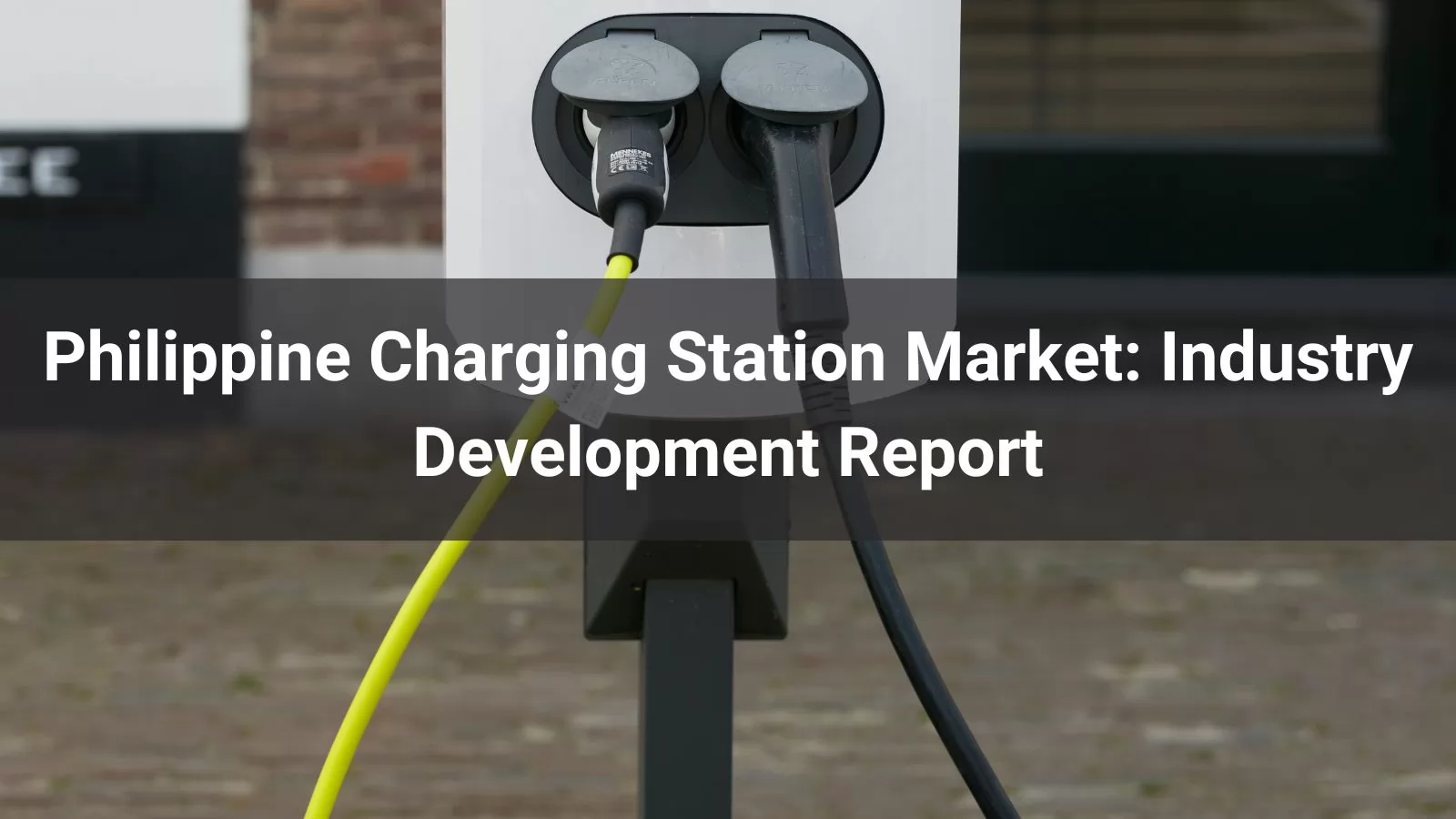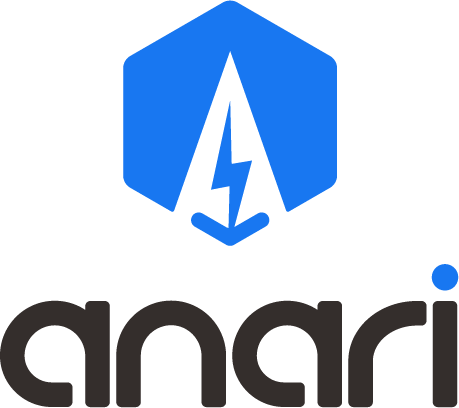
1. Development of the Electric Vehicle Market in the Philippines
The Philippine electric vehicle market is currently at a critical inflection point, transitioning from a nascent to a high-growth phase. The primary catalyst for this transformation is robust government policy support, specifically the extension of zero-tariff rates on EVs and their components until 2028 under the Electric Vehicle Industry Development Act (EVIDA). This policy has effectively removed a significant price barrier by eliminating import duties of 3% to 40%, making EVs more financially accessible to a broader consumer base.
The market's growth trajectory is nothing short of explosive. Projections indicate a five-fold increase in sales, soaring from 4,000 units in 2024 to an anticipated 20,000 units in 2025. This unprecedented growth signifies a rapidly expanding vehicle park that will fundamentally drive the demand for charging infrastructure. However, this accelerated adoption brings underlying challenges to the forefront, primarily the high upfront cost of vehicles (with batteries constituting 40% of the cost), consumer range anxiety, and limited and costly financing options for EV purchases.
Conclusion: The EV market is poised for a boom, directly fueled by supportive government policy. The success of this market expansion, however, is intrinsically linked to the parallel and rapid development of a reliable and widespread charging network.
2. Insights into Electric Vehicle Charging Demand in the Philippines
The demand for EV charging in the Philippines is characterized by a severe and widening supply-demand gap, which represents both a critical challenge and a significant market opportunity.
-
Quantitative Supply Gap: As of Spring 2025, the Philippines has only 962 public charging stations to serve a population of over 110 million. This equates to an abysmal ratio of approximately one station per 110,000 people. This ratio is unsustainable for a growing EV market and pales in comparison to regional leaders like Thailand, which boasts over 5,000 stations.
-
Qualitative Demand Composition: The current charging station mix is suboptimal for a healthy ecosystem. With only 59 DC Fast Chargers (6% of the total), the infrastructure is heavily skewed towards slower charging options (421 AC Chargers and 482 Destination Chargers). As the EV fleet grows, the demand for rapid, en-route charging will surge, necessitating a strategic increase in DC fast charger deployment.
-
The Infrastructure Challenge: The government's Comprehensive Roadmap for the Electric Vehicle Industry (CREVI) sets an ambitious target of 7,300 charging stations by 2028. Achieving this goal requires a tripling of the current deployment rate, highlighting the immense scale of investment and coordination needed in the coming years.
Conclusion: The underlying demand for charging is strong and will intensify with every new EV sold. The current infrastructure is critically inadequate in both quantity and strategic composition, creating an urgent need for massive public and private investment.
3. Distribution Characteristics of Charging Stations in the Greater Manila Area
The distribution of charging infrastructure in the Philippines is characterized by extreme geographical concentration, creating a two-tiered market.
-
Metro-Centric Monopoly A staggering 80% of the nation's public charging stations are concentrated within Metro Manila. This includes the majority of the country's 59 DC fast chargers, which are essential for intra-city logistics and ride-hailing services.
-
Characteristics of the Manila Network: High Density (Relative to the National Average): The concentration provides a somewhat viable charging network for early adopters within the capital, reducing range anxiety for daily commutes. Diverse Location Types: Stations are likely deployed in key urban centers, shopping malls, commercial business districts, and along major intra-metro highways. Foundation for Growth: This network serves as the foundational core and a testing ground for business models and technology. However, its density remains low compared to mature EV markets.
Conclusion: While Metro Manila has a developing charging ecosystem, its dominance comes at the expense of the rest of the country. This severe imbalance actively discourages EV adoption in regional areas and confines the market's growth potential to the capital region.
4. Charging Station Layout Planning for Non-Metro Manila Areas
Bridging the infrastructure gap outside Metro Manila is the single most critical success factor for achieving national EV adoption goals. A strategic, multi-pronged approach is required.
-
Core Strategy: Mandatory Public-Private Partnerships (PPPs): As identified in the background material, enforced PPPs with performance-based incentives, regulated by the Department of Energy (DoE), are the most critical step. This model de-risks investment for the private sector while ensuring public policy goals are met.
-
Key Incentive Mechanism: Tax Credits: To accelerate deployment, the government should implement aggressive fiscal incentives. A model proposing tax credits of up to 50% on capital expenditures (CapEx) for entities deploying Level 2 and DC fast chargers is highly recommended. Target beneficiaries should include:
-
Major Retail Chains & Malls: Deploying destination chargers (Level 2) in key cities like Cebu, Davao, Iloilo, and Baguio.
-
Local Government Units (LGUs): Installing chargers in municipal buildings and public parking areas to build consumer confidence.
-
Highway & Fuel Station Operators: The strategic deployment of DC Fast Chargers along the North Luzon Expressway (NLEX), South Luzon Expressway (SLEX), and other national highways is non-negotiable to enable inter-regional travel and alleviate range anxiety.
-
Phased Rollout Plan:
-
Phase 1 (2025-2026): Focus on "EV-ready" tier-1 cities outside Manila (e.g., Cebu, Davao) and key tourism corridors. Establish at least two DC fast charging hubs per major regional city and along connecting highways.
-
Phase 2 (2027-2028): Expand the network to tier-2 cities and secondary highways, creating a more interconnected national grid to achieve the CREVI target of 7,300 stations.
Conclusion: A successful national rollout depends on leveraging PPPs, offering substantial financial incentives, and executing a phased, geographically intelligent plan that prioritizes regional urban centers and critical transportation arteries.
5. Conclusion Summary
The Philippine charging pile market stands at a pivotal juncture. The explosive growth forecast for the EV market is entirely contingent upon the simultaneous and strategic expansion of charging infrastructure.
-
Market Driver: Policy support, particularly the EVIDA law and its zero-tariff extension, is the primary market driver.
-
Critical Bottleneck: The most significant barrier to mass adoption is the severe inadequacy and uneven distribution of charging infrastructure, with a critical shortage of DC fast chargers and an 80% concentration in Metro Manila.
-
Strategic Imperative: To achieve the national target of 7,300 stations by 2028, a tripling of the current deployment rate is required. The recommended path forward is the implementation of mandatory, incentive-driven Public-Private Partnerships (PPPs).
-
Investment Opportunity: The market presents a substantial opportunity for investors and operators, particularly in the deployment of DC fast chargers along highways and in key regional cities, supported by government incentives like 50% CapEx tax credits.
In essence, the race for the Philippine EV market will be won not just on the showroom floor, but at the charging station. The entities and strategies that successfully address the infrastructure gap will unlock the vast potential of this rapidly emerging market.





